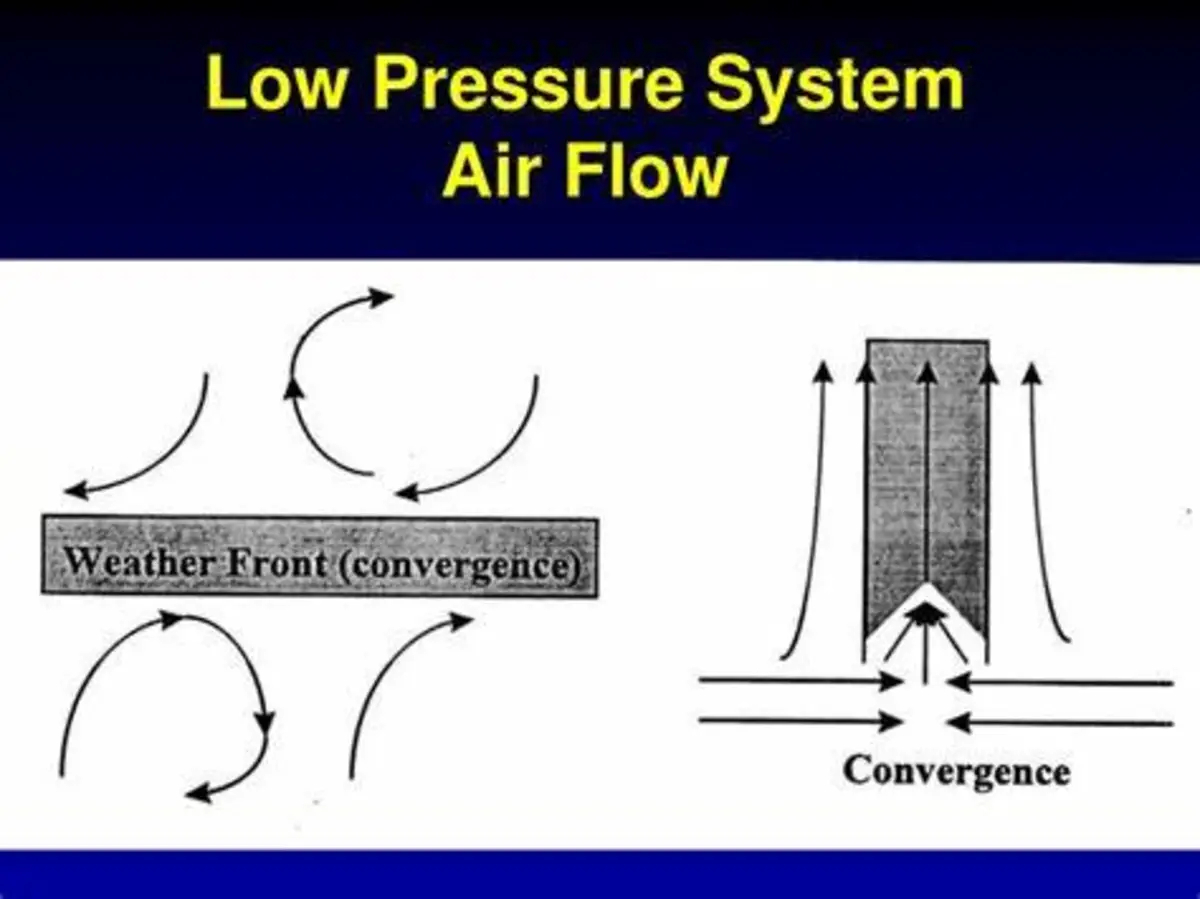Mastering Low-Pressure Airflow Is Possible – In controlled environments like laboratories and hospitals, airflow isn’t just a matter of comfort—it’s a critical factor in safety, hygiene, and operational efficiency. Yet, many still believe that effective airflow control requires high pressure systems. This article dispels that myth and highlights how Low Pressure Airflow Control is not only possible, but optimal in many applications.
Why Low Pressure Matters
High pressure systems have long been the default in airflow control, especially in mission-critical environments. But they come with trade-offs: higher energy consumption, greater wear on components, and increased noise. In contrast, low pressure airflow systems offer a quieter, more energy-efficient alternative with longer system life and easier maintenance.
For laboratories and hospitals, where environmental stability and safety are paramount, the ability to precisely regulate airflow without overtaxing infrastructure is a game-changer.
Breaking Down the Misconception
The myth that low pressure can’t deliver precise airflow control stems from outdated assumptions about technology limitations. The truth is, modern solutions—when engineered correctly—can maintain tight airflow tolerances even at lower pressure levels.
This is especially important for spaces that require:
Laminar airflow for contamination control
Pressure differentials for isolation rooms
Consistent temperature and humidity regulation
Achieving precision isn’t about using raw power — it’s about intelligent engineering.
How It Works
Low pressure airflow control systems rely on a combination of advanced sensors, responsive actuators, and intelligent controls. Here’s what makes them effective:
Electronic airflow sensors that provide constant monitoring and instant feedback.
VAV systems optimized for efficient performance under low-pressure conditions.
Smart controllers that adapt to changing room conditions without overshooting or lag
When integrated properly, these systems can maintain optimal airflow with minimal pressure, reducing stress on HVAC infrastructure and lowering energy bills.
Real-World Applications
Hospitals
In healthcare settings, airflow control directly impacts patient safety. Dedicated pressure zones are essential in isolation rooms, surgical suites, and sterile processing environments. With low pressure systems, facilities can maintain these zones without excessive energy use or system strain. For example:
Negative pressure rooms that safely isolate infectious patients
Positive pressure environments that protect vulnerable patients or equipment
Seamless transitions between different air zones with low turbulence
Laboratories
Controlled pressure environments are critical for spaces such as isolation rooms, operating rooms, and sterilization areas. Whether handling hazardous materials or conducting sensitive experiments, low pressure airflow control offers:
Stable airflow for fume hoods and biosafety cabinets
Reduced vibration and noise, improving working conditions
Enhanced system longevity, critical for 24/7 operations
Product Spotlight: Precision Low Pressure Solutions
Leading manufacturers now offer a range of products specifically designed for low pressure environments. These include:
Low-torque VAV controllers that regulate flow precisely without requiring high static pressure
Airflow transducers with ultra-sensitive feedback loops
Integrated room control panels that let users monitor and adjust settings in real-time
What sets these products apart is their ability to deliver uncompromised performance without the energy penalties of older systems.
Cost and Sustainability Benefits
Energy efficiency isn’t just good for budgets—it’s a requirement in today’s regulatory and environmental landscape. Low pressure systems help organizations:
Cut HVAC energy consumption by up to 30%
Meet LEED and other green building standards
Reduce maintenance and downtime costs
Over time, the ROI from a low pressure solution often outpaces traditional high-pressure systems, especially when factoring in extended equipment life and lower utility bills.
Making the Switch
Transitioning to a low pressure airflow control system starts with an audit of your current HVAC setup. Facilities should work with partners experienced in:
Retrofitting existing infrastructure
Customizing airflow solutions for medical and lab settings
Ensuring regulatory compliance (ASHRAE, CDC, USP, etc.)
Choosing the right technology and support can make the difference between a theoretical improvement and a practical, long-term gain.
Conclusion
roland.co.id – Low pressure airflow control is not a myth—it’s a proven, high-performance strategy for laboratories and hospitals alike. With the right components and design approach, these systems offer unmatched control, efficiency, and sustainability. It’s time to rethink what airflow control can be, and embrace smarter, low pressure solutions that truly deliver.



